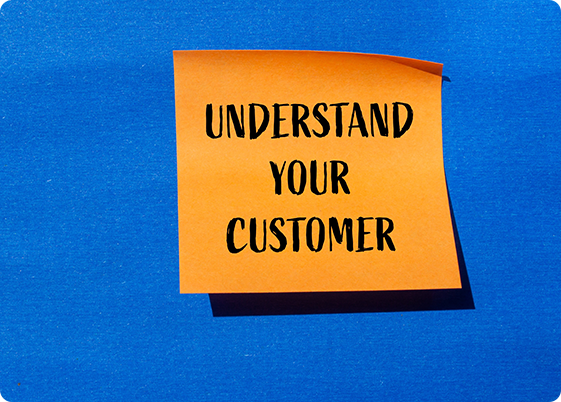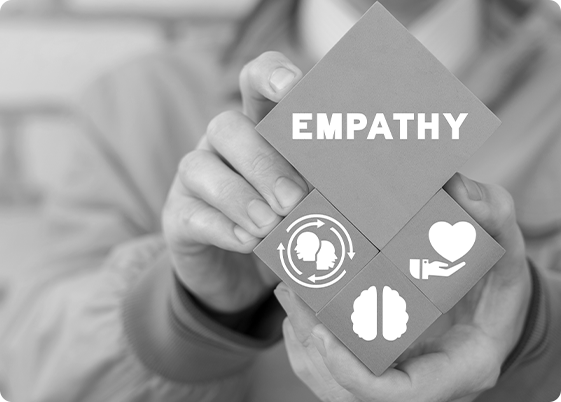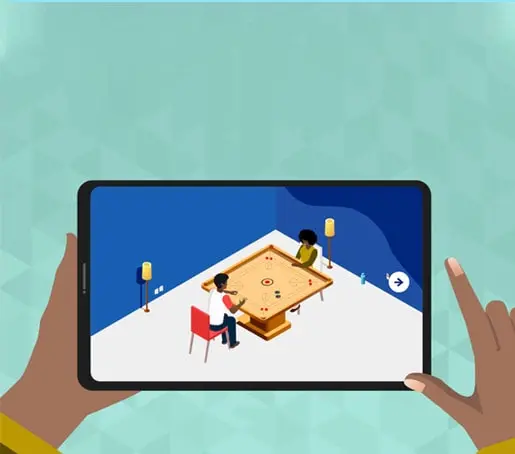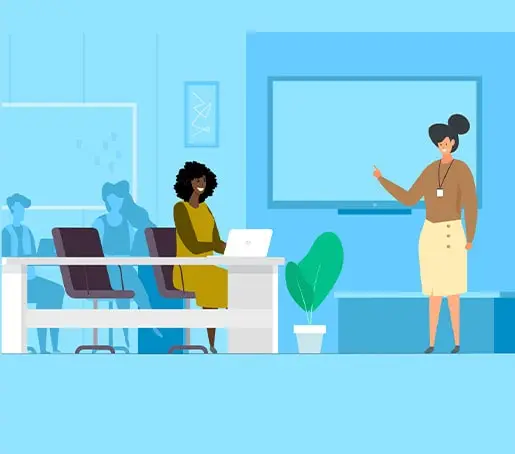Customer service (CS) and customer experience (CX) professionals are designated brand advocates, as first points of contact. At the end of a typical CX interaction, a customer will be left with a feeling. Going forward, this will, most likely, be the feeling they would attribute to the brand. Creating positive sentiments about the brand and maintaining it are big opportunity areas. Such customer interactions can lead to loyal customers, positive word-of-mouth, and even business growth. However, poor interactions can have the opposite effect, driving customers away and damaging a company’s reputation.
In this article, we will explore what customer interactions are, the stages they go through, and the best practices to improve them.

What are Customer Interactions?
Customer interactions are the various touchpoints between a business and its customers, spanning multiple communication channels such as phone calls, emails, live chats, in-store visits, or social media. What are customer interactions really about? They are more than just service exchanges. They represent an opportunity to engage, build relationships, and enhance customer satisfaction. Each interaction plays a crucial role in shaping the overall customer experience and determining customer loyalty.
Customer interactions are the various touchpoints between a business and its customers, spanning multiple communication channels such as phone calls, emails, live chats, in-store visits, or social media. What are customer interactions really about? They are more than just service exchanges. They represent an opportunity to engage, build relationships, and enhance customer satisfaction. Each interaction plays a crucial role in shaping the overall customer experience and determining customer loyalty.
What are the Stages in the Customer Interaction Cycle?
The customer interaction cycle refers to the different phases or steps that a customer goes through during their engagement with a business. Each stage presents unique opportunities to make a positive impact. The following are the key stages of customer interaction:

Greeting
The first stage of any customer interaction is the greeting. This is the initial moment when a customer makes contact with a company, whether in person, over the phone, or online. The way you greet a customer sets the tone for the entire interaction. A warm and friendly greeting establishes a positive first impression, while a cold or disengaged one can immediately create a negative experience.

Understanding
Once the greeting is established, the next stage is understanding the customer's needs or concerns. This stage is crucial because it directly impacts how you address their issues. How do you interact with customers at this point? By listening actively and asking clarifying questions, you demonstrate genuine interest in solving their problem.
Agreeing
During this stage, communicate the options available and seek confirmation from the customer to ensure you’re on the same page. This will prevent misunderstandings and help you deliver the best possible outcome. A key element in any best customer interaction examples will showcase how customers feel like their input is valued in agreeing to a solution.
Delivering
Delivering refers to the actual implementation of the solution or service promised to the customer. Whether you’re offering a product, providing a service, or solving a problem, the delivery stage must meet or exceed the customer’s expectations. How should we interact with customers in this phase? Make sure to communicate timelines and update the customer throughout the process, especially if there are delays or issues.
Closing
The final stage is closing the interaction. It is important to leave a lasting positive impression at the end of any customer interaction. Ask the customer if they are satisfied with the solution or if they need any further assistance. A courteous farewell lets the customer know they are appreciated and encourages them to reach out again if necessary.
In these stages, what would be some simple ways to increase customer satisfaction? Consistency, personalisation, prompt responses, and offering additional value through loyalty programs or follow-up actions can help increase customer satisfaction.
Best Ways to Improve Customer Interactions
To improve customer interaction, it’s essential to focus on building positive relationships, providing exceptional service, and fostering an environment where customers feel valued. Here are some actionable strategies to enhance your customer interactions:

Show Empathy
Empathy is one of the most valuable tools in customer service. Understanding and acknowledging the emotions of your customers helps build trust. Whether they are frustrated, happy, or confused, showing that you care about their feelings can diffuse tense situations and make them feel heard. How to interact with customers compassionately is an important skill for any professional aiming to increase customer interaction.

Be Transparent
Honesty and transparency are key to gaining and maintaining customer trust. When discussing problems, delays, or changes to the service, customers appreciate clear and forthright communication. If a solution isn't immediately available, explain why and provide a timeline for resolution. Being open about what can or cannot be done helps improve customer interaction and establishes credibility.

Create a positive vibe
The focus should be on positive ways to convey the situation at our end. For example, “Let me check on this and get back to you” can replace “I’m not sure” or “I don’t know.” When we say “no problem,” it could lead the customer to think there might have been a problem. Instead, we can say “You’re welcome” or “my pleasure.”

Be a good listener
How should we interact with customers when they are speaking? By giving them your full attention. Most customers are looking for resolutions. They want to be heard. It helps to hear them out so we can get the full context before we offer a response. Listening to them will also help us relate to them and empathise with them better. Showing empathy in turn bolsters the customer’s trust in the brand.
Commit to definite timelines
A typical rule of thumb in customer service is to promise only what is possible. When we offer realistic estimates, it accentuates the customer’s confidence in the brand. So, it is alright to say, “Let me get back to you on that.” We can always check in internally to confirm our best response and get back to the customer after some clarification.
Keep the conversation open for resolution
In many instances, there may be no direct resolution to the customer’s issue because the brand’s rule book doesn’t specify. A good response here will be, “I understand your frustration in this situation. Let me see how best we can resolve this for you.”
Follow Up on Every Customer Interaction
Following up after a customer interaction is an excellent way to demonstrate that you care about their satisfaction and increase customer interaction. Whether you’re sending an email, making a call, or checking in via social media, a follow-up allows you to ensure the customer’s issue was fully addressed and allows you to resolve any lingering concerns.
Practice emotional intelligence
As customer service representatives, we have the opportunity to turn around difficult conversations into positive experiences for customers. According to the customer, they are speaking with the brand and not one individual. Using language like “we” or “I” breaks away from the “us vs. them” narrative, suggesting that we are working with the customer as a brand to resolve their query.
Conclusion
Effective customer interactions are at the heart of every successful business. The way you handle each stage of the customer interaction cycle—from greeting to closing—can influence customer satisfaction and loyalty. By following the strategies discussed above, you can increase customer interaction and build lasting relationships.
As customer service executives, we strive to make a good brand impression in every interaction. At HGS, we empower our executives to deliver delight in each interaction. Join us by applying for call centre jobs in Jamaica. Those interested in pursuing a career in customer service can also explore tips for a successful career in call centres to gain valuable insights and opportunities for advancement.
Frequently Asked Questions
What are the 5 key customer interaction skills?
The five key skills are: listening, empathy, problem-solving, communication, and emotional intelligence.
What is a good customer service interaction?
A good customer service interaction involves actively listening to the customer, providing clear solutions, maintaining professionalism, and leaving the customer feeling satisfied.
How do you resolve a challenging customer interaction?
By staying calm, listening carefully, acknowledging the customer's feelings, offering solutions, and following up to ensure satisfaction.
How to develop a good customer relationship?
Be consistent in your communication, show genuine interest in the customer’s needs, and always follow through on promises.
 Jamaica
Jamaica Canada
Canada Colombia
Colombia India
India Philippines
Philippines UK
UK US
US SA
SA



